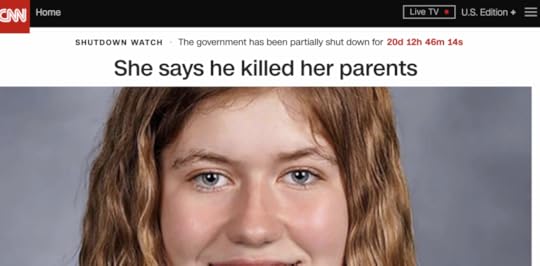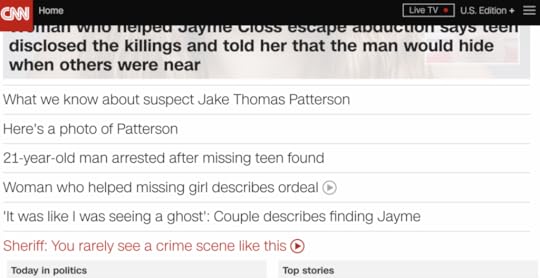What do you think?
Rate this book


210 pages, Paperback
First published May 2, 1999
 The occasion isn't anything in current events. It's not about Trump or wars or opioid deaths. Instead, it's because I finished reading Barry Glassner's very good The Culture of Fear (first published 2000). It was good fodder for my ongoing critique of tv news. Here I'll summarize highlights, then speculate about the future and education's role.
The occasion isn't anything in current events. It's not about Trump or wars or opioid deaths. Instead, it's because I finished reading Barry Glassner's very good The Culture of Fear (first published 2000). It was good fodder for my ongoing critique of tv news. Here I'll summarize highlights, then speculate about the future and education's role. One of my favorite Gothic TIME magazine covers.
One of my favorite Gothic TIME magazine covers.
